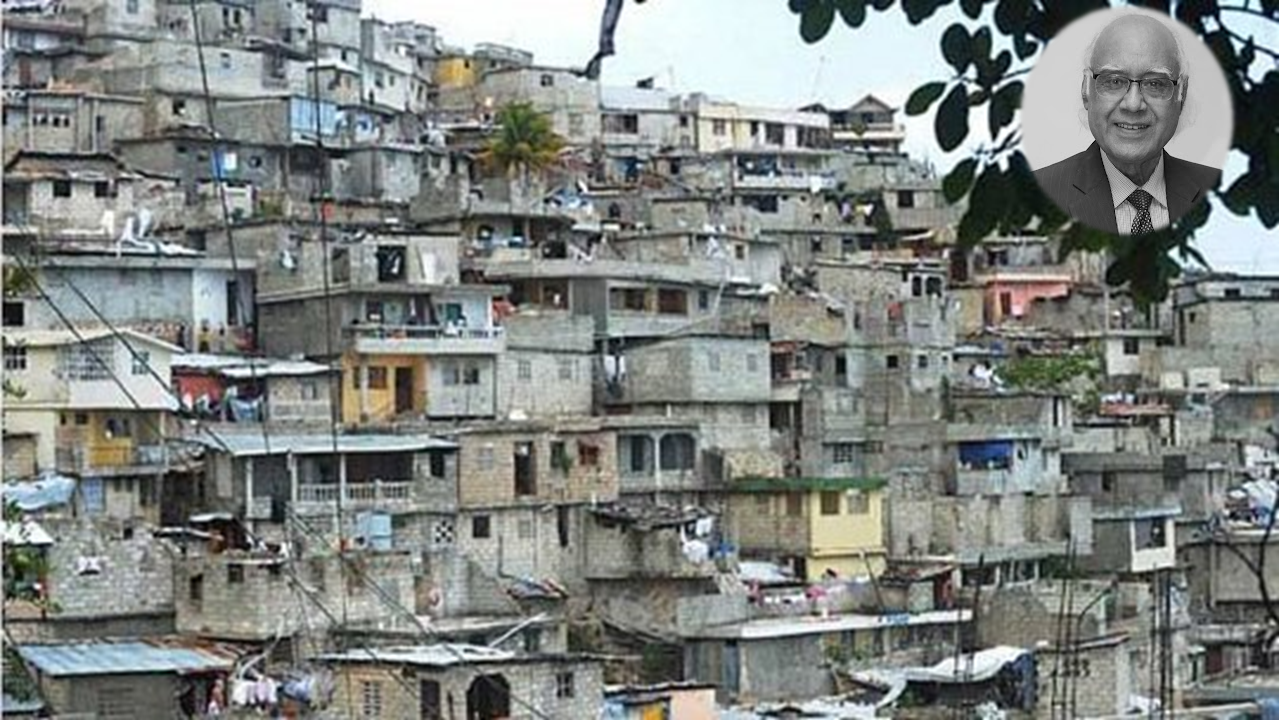In loving memory of Tasneem Siddiqui
WOULD it surprise anyone to know that, in 75 years, Pakistan has had no national urban policy? Had we devised and implemented one in earnest, we might not be confronted with a multifaceted urban crisis today. True, in our initial years, the vast majority of the population lived in rural areas, yet our planners and policymakers were perhaps slow in realising that we would eventually face urbanisation challenges.
As expected, Pakistan’s industrial and services sector grew (cities now contribute 78 per cent of GDP), without rousing the ruling elites. This naivety or inattention has led to a large urban deficit. Massive internal economic migration has accelerated the pace of urbanisation and rise of the megacity. By 2030, half of our population will live in urban areas.
But look at the condition of our cities; most are neither liveable nor globally competitive. The lack of an urban policy resulted in urbanisation that was neither planned nor regulated, and has resulted in myriad challenges like inadequate and deficient infrastructure, acute housing shortages, congestion, ecological degradation, poverty and unemployment.
Take Karachi, for example. In 1947, it was a functional city, with all basic services managed by an elected council. But what is its state today? Its streets are rundown, its drains overflowing; unplanned suburban sprawl and informal settlements are haphazardly mushrooming and densifying; there is no public transport and sewage/solid waste management worth the name; and it faces an acute drinking water shortage. Karachi’s woes are endless.
Pakistan needs a coherent vision of how its cities will develop.
Since third-tier government bodies were not allowed to develop, nor was enough invested to solve urban issues, the result was discontentment, social conflict and violence. At the same time, medium and small towns also suffered from an absence of investment and social infrastructure, as the elites moved to greener pastures.
One may argue that most of these problems did not arise for want of an urban policy. We cannot ignore that, influenced by foreign advisers, our ruling classes adopted a flawed model — preferring industrial development over adequate agricultural development; large-scale industry over developing small-scale industry first; services growing faster than the production base in both sectors; and population growth overtaking employment growth.
One can only surmise what level of socioeconomic development we would have achieved if we had followed a natural development sequence, and what shape our cities would be in if we had a coherent and vibrant policy, and the local governance to implement it. If nothing else, such a police would have at least laid down development guidelines: policies based on assessments of needs of land allocation, mixed land-use and urban sprawl, infrastructure, mass transit, affordable housing, employment and workforce skills.
Take the gargantuan shortage in affordable housing. At least 55pc of Karachi’s population live in substandard conditions. Faisalabad, Quetta and Hyderabad are more or less the same, whereas Lahore is only slightly better. An urban policy could highlight reasons for acute land shortages and skyrocketing real estate prices. It might, perhaps, reveal that the main reason for this is the speculative hoarding of raw land by powerful interests. These groups develop land for sale to the urban elite and affluent middle class, ignoring the needs and demands of the majority.
In the big cities, we see low-density colonies emerge in prime locations, whereas disadvantaged groups are forced to live in far flung areas. An urban policy could suggest that available state land be inventoried and reserved for low-income groups. Simultaneously, access to housing finance should be ensured. Planning, zoning regulations, development standards, land registration/ transfer procedures and property taxation laws should also be revised. Lastly, the policy could also address the urgent need to reform and strengthen the institutions that manage urban infrastructure.
In Pakistan, there is no culture of research in the social sector. As such, officials abhor new ideas in favour of obsolete, archaic policies. If a policy paper is needed, consultants or task forces are appointed to prepare exhaustive reports, after myriad stakeholders meetings and much publicity — but no follow up. A report by the Task Force on Urban Development headed by urbanist Arif Hasan in 2011, and another by a core group headed by architect Kamil Khan Mumtaz in 2013-14 both met the same fate.
It can be argued that urban development is a provincial subject, while planning has to be done at the local level. But the myriad problems created by rapid urbanisation gives the federal government a licence to prepare a broad framework that can be used by the provincial governments to prepare policies in their respective jurisdictions.
Note: This article was published in Dawn on May 11, 2018. Now it is reposting here in loving memory of Tasneem Siddiqui who died on January 29, 2022.



